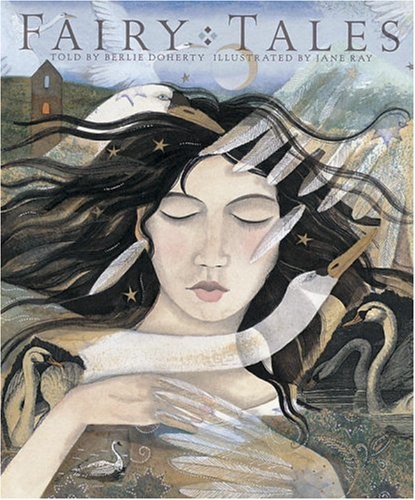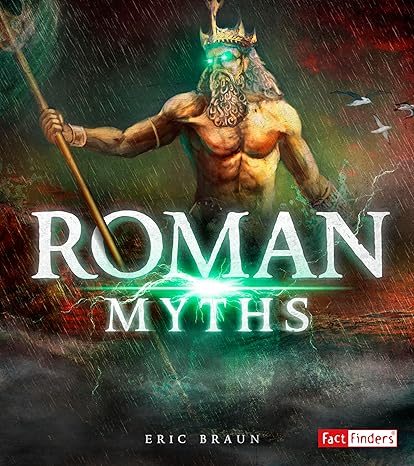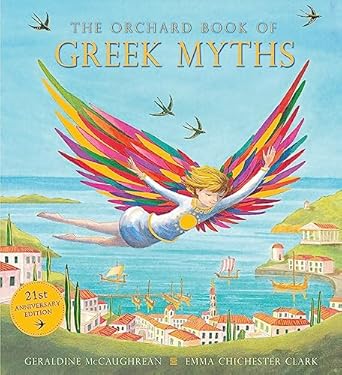Project Description
Reading aloud to your child before bed time is an opportunity to strengthen the trust and connection between you as well as being mutually enjoyable. They will too soon be too old for it! See my list of Top Ten Children’s Books to refresh yourself.
Being curious and wondering aloud about the reading material is all part of reading together. This process can link you to the life stories in your child’s imagination.
The odd direct question is thrown in for a child to consider though the main delight will be in simply listening to the tale unfold. You can judge from what is going on in your child’s life when a question or dialogue might be helpful.
Keep scrolling for more content and links to fairy tales and myths.
Myth, legend, fable and fairy tale all tap into universal themes of suffering, loss, injustice, reward, redemption and sometimes punishment. Exploring these experiences is a vital part of developing a child’s emotional maturity and helping the child establish core beliefs. Through art and literature or seeing films and productions that deal with these fundamental parts of existence, the child receives and processes messages about humanity in a way that is not too overwhelming. Our beliefs and feelings about others contribute much to our sense of self. The safety net of exploring epic happenings through story and art provides distance from the child’s everyday life.
It is vital that children also have the opportunity to reflect with you on powerful and deep subjects triggered by real events in the lives of family and friends. Help them reflect on the culture and lifestyle around them. All of this mental activity contributes to their sense of self whichever religious, political or philosophical path they follow long term. The freedom to reflect on wider themes can come from legend, story and myth. Within these mediums of expression there can also be more room for fun and humour exploring ideas and feelings that might be unacceptable in the ‘real world’. Your child may not be too young to think about philosophical questions in the context of a story. Our beliefs can be an important part of children’s identity even if only partially formed. Cynicism has not set in, so in my opinion it is worth protecting them from this. They can be capable of deep enquiry and may gain comfort and support in thinking together with you. Be careful not to overwhelm them with your own certainties if you have these! Stories can help them imagine what living in other times and lives might mean and think out of their own life. Not only does this develop empathy but also allows a more expansive vision of society. Ground them too with observations of order and growth as found in the natural world through the biology of animal and human life, nature and the steady movements of the seasons. Not all countries have seasons and global warming is having an impact but before moving on to this allow them the security of some baseline of order!
The illustrations in ‘Children’s Fairy Tale images’ were created during the Second World War by a prisoner in a prisoner of war camp. The imagery that accompanies the tales is evocative. Comments and conversation whilst reading any story aloud can be a way of getting glimpses into your child’s imagination, their hopes and fears, as well as their capacity for adventure. The comments below the images are examples of how you can trigger your child to expand on whatever any imagery or story provokes.
Please this link to free sourcing of myths, fables and legends.
If you want to use a fairy story theme to help your child sleep or relax then this book Relax Kids- Aladdin’s Magic Carpet and other Fairy Tale Meditations by Marmeta Viegas is very good for primary school age children. They can choose their favourite fairy tale and listen to you reading it aloud to them as they relax..
I would also recommend reading aloud and discussing Greek and Roman Myths with children as they cover every facet of human nature in a wonderful variety of form. You will find Gods, Humans, Animals and Nature itself-food for adults and children’s imagination. These discussions could lead to a safe reviewing of real events and spawn art work and stories of your child’s own. I recommend the Orchard books of Greek and Roman myths for reading aloud and sharing with children of junior age. There are plenty more options out there, to suit all tastes.








